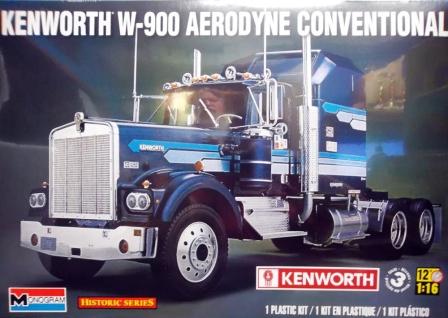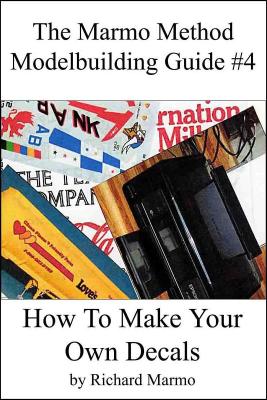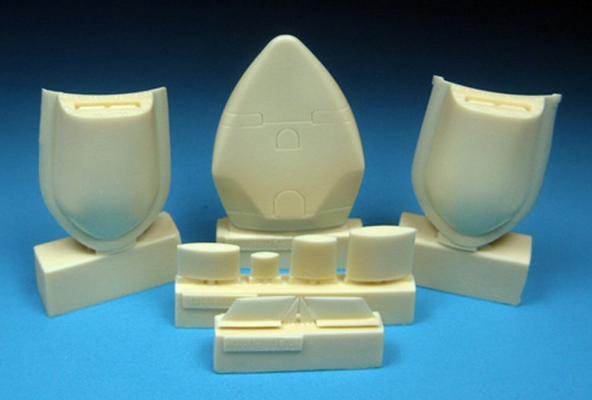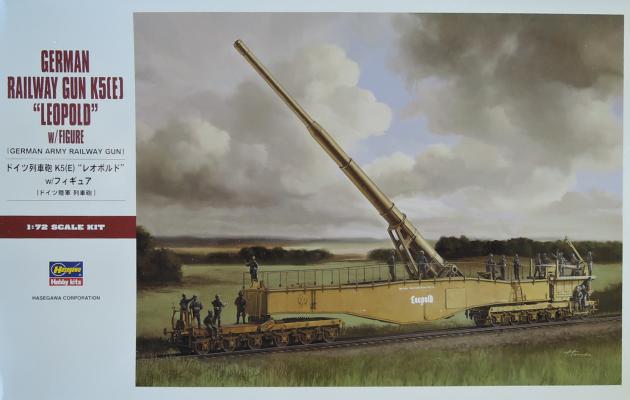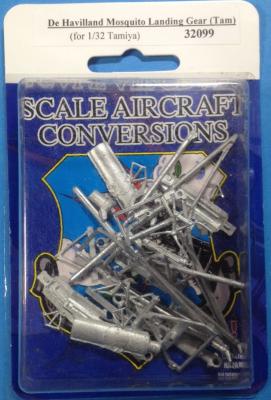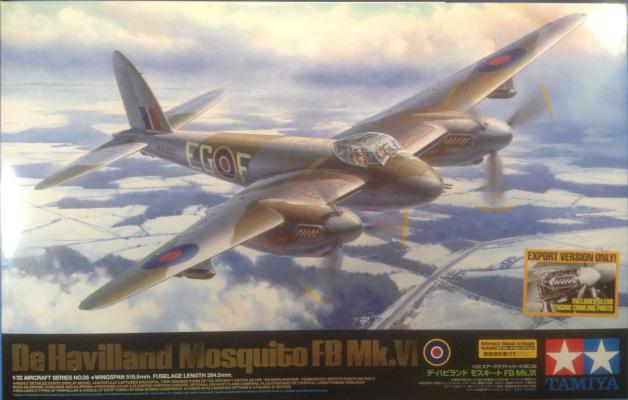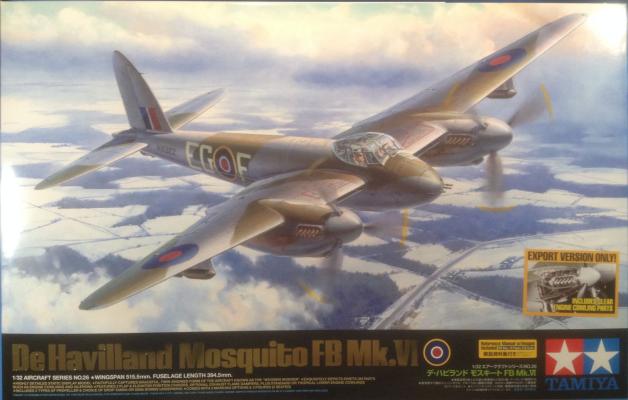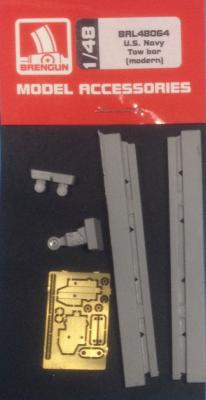After being developed in the early sixties the W-900 Series truck has proven to be such a value that it is still being produced. Its dependability and value have made it a perennial favorite with owner-operators.
What's New
First off I am not a big fan of ebooks. Sorry but I am old school and prefer the feel of the paper itself. However, I am a big fan of info on the internet and do have a few ebooks on my Kindle so there is always a chance for me.
That said, Mr. Marmo’s book on making your own decals really interested me as I have a bunch of decals I need to make for certain projects and even though I shelled out for a nice laser color printer and picked up some decal paper I really didn’t know where to start so let’s take a look at what Richard says.
Roy Sutherland has been around for a bit, providing resin details we never knew could exist, but now do because of his commitment to improving basic products. This set is one of four that I used on the new (but old) Revell B-1B… they are in Roy’s “Barracudacast” resin accessories branch of his company. On to the review!
This set is comprised of nine antennas for the most recent upgrades to the B-1;
Preparation is simple; soak for a while in a cleaner like automotive spray tire cleaner (I used “bleach-white”), 409, or whatever, to get rid of the silicone mold lubricant that is inherent in resin casting. Run an old tooth brush over all, rinse fully with water, then allow to dry.
Background from Hasegawa’s Website
Hitler's fascination with massive armaments is epitomized by Germany's heavy investment in railway guns. "Leopold", one of 25 K5 railway guns made by Krupp for World War II, was a behemoth of a gun. It weighed 240 short tons, fired 560 lb/eleven inch shells, and had to be moved and aimed on specially designed railroad tracks. Once emplaced, the Leopold could fire shells up to forty miles. This limited edition kit features three sets of decals and figures.
SAC has been around for a few years, and to my mind fills a serious need for models. As kits get more expensive, they have more detail, weigh more, and you have more invested in it. Plastic landing gear is not such a great idea in this case
This set adds structural strength to the huge Revell B-1B. It also prevents the model from taking damage as simply as plastic or resin gear would. And face it, with all the resin I just put on this kit, it needs metal gear
Now, I know many have not or will not build this kit. It’s huge. It has presence. And it’s an accurate rendition of the “Bone” .For the most part. But with work, it looks great when complete. This model is now on display on the overhead desk of my pod in our B-1/B-52 System Program office, and has garnered a lot of attention…
Many thanks to Mr. Ross MacMillan of Scale Aircraft Conversions and the IPMS Reviewer Corps for allowing me to try this neat substitute and replacement set for the Tamiya Mosquito FB. I am delighted to report on another sweet add-on and upgrade.
The white-metal parts arrived in a blister pack, backed by the distinctive SAC company logo. The weight of the parts is very noticeable. All parts are free of sprues with the exception of some main mount bracing. The parts require very little buffing, cleanup and polishing. I did use a Dremel tool to buff some of the parts and brought a very nice natural metal tone to them.
Geoff Stunkard provides an insight into his decades of experience as a photographer, writer and editor. If you have ever lifted a copy of Mopar Muscle magazine, you know who he is. Currently he is the owner of Quarter Milestones Publishing based in Johnson County, Tennessee. Geoff Stunkard has delivered what is perhaps the definitive history of the development and racing of the Chrysler 426 Hemi engine.
Geoff Stunkard traces the history of the Hemi engine’s development at Chrysler, from the first Hemi installed in the Republic XP-47H in 1945 to the last in 1969, the A279 project. Of course, Chrysler’s merger with Germany’s Daimler-Benz AG in 1998 has since resurrected the Hemi for street and competition, but Geoff Stunkard focus for this book is the first and second generation Hemi engines.
Thank you to Tamiya, Inc. for providing this excellent kit for review and to the IPMS Reviewer Corps for allowing me to document my build experiences. Sharing this review with the scale modeling community would not be possible without the exceptional support of the IPMS Reviewer Corps. Thank you everyone!
The Mosquito is one of my favorite aircraft with its underdog success story and stunning operational history. Tamiya’s representation of the fighter-bomber version of the Mosquito is superb. Please refer to an earlier IPMS pre-build review of this kit that describes the richness of the kit parts, decals, photo etch materials, instructions and research documents.
Thank you to Tamiya, Inc. for providing this excellent kit for review and to the IPMS Reviewer Corps for allowing me to document my build experiences. Sharing this review with the scale modeling community would not be possible without the exceptional support of the IPMS Reviewer Corps. Thank you everyone!
The Mosquito is one of my favorite aircraft with its underdog success story and stunning operational history. Tamiya’s representation of the fighter-bomber version of the Mosquito is superb. Please refer to an earlier IPMS pre-build review of this kit that describes the richness of the kit parts, decals, photo etch materials, instructions and research documents.
Many thanks to the Hauler Brengun Company and the IPMS Reviewer Corps for allowing me to review this unique diorama accessory. Hauler Brengun is a valued contributor to the IPMS Reviewer system and I am very pleased to report on my experience with this excellent accessory, a modern USN tow bar.
USN jets are one of my favorite modeling subjects, and small details such as this tow bar add greatly to displays of completed kits. These towbars are ubiquitous anywhere aircraft get pulled around.

